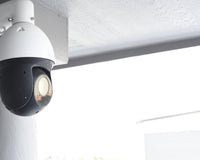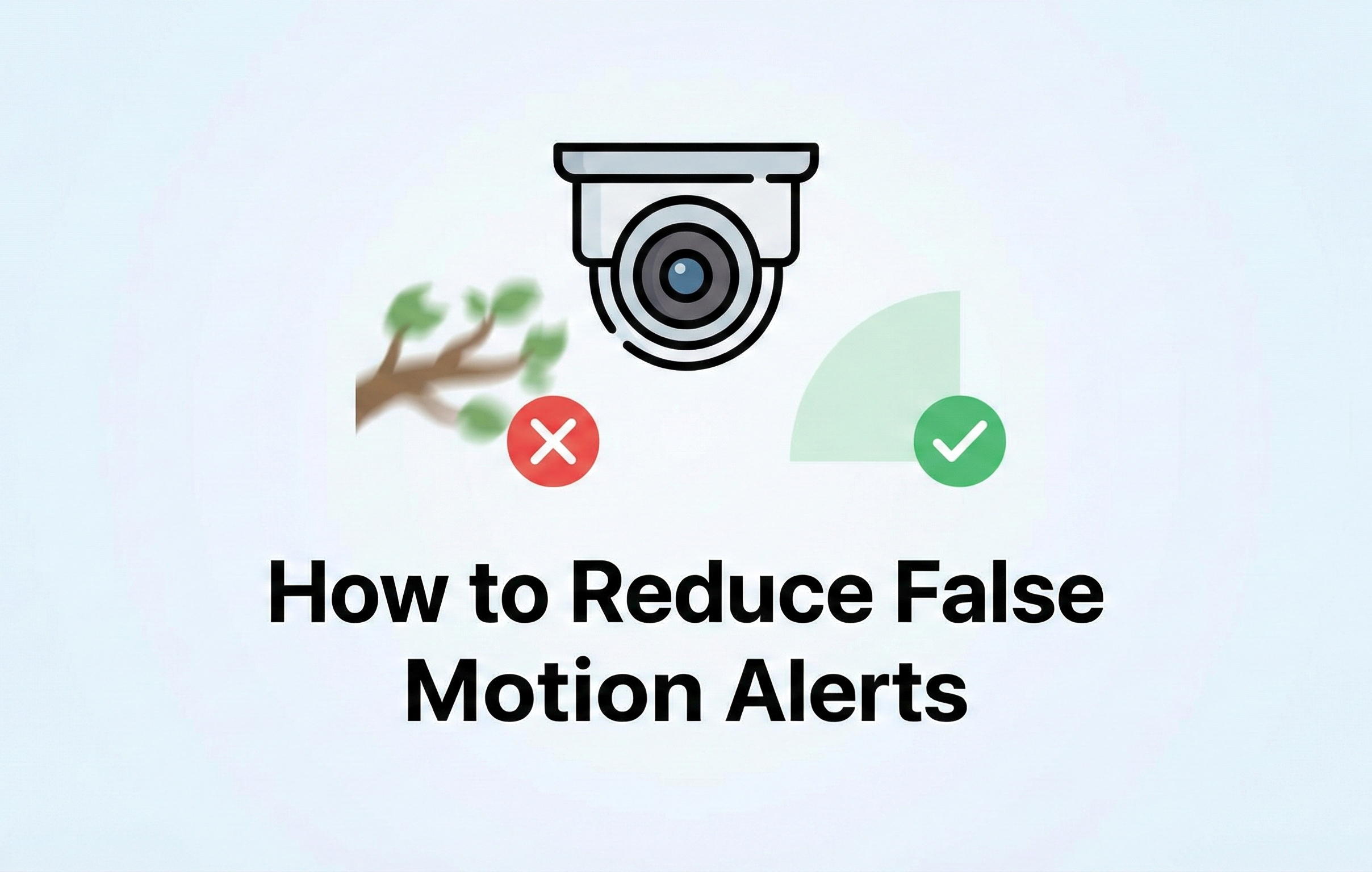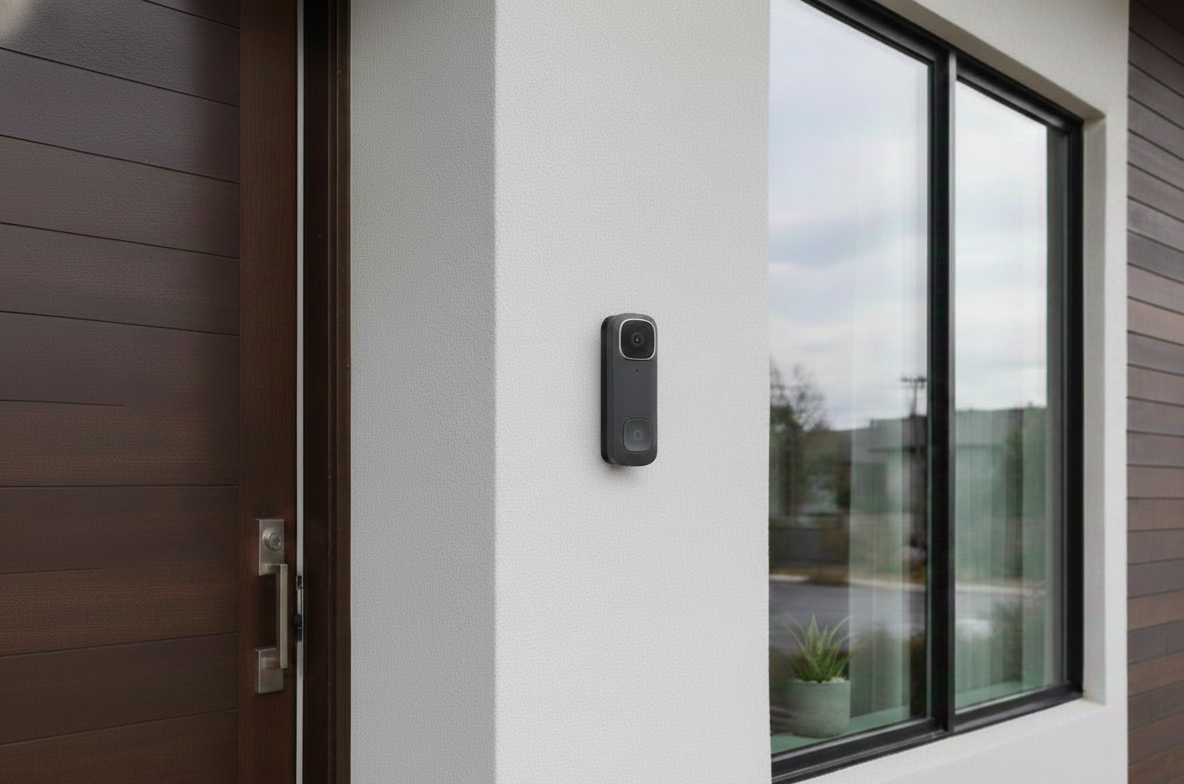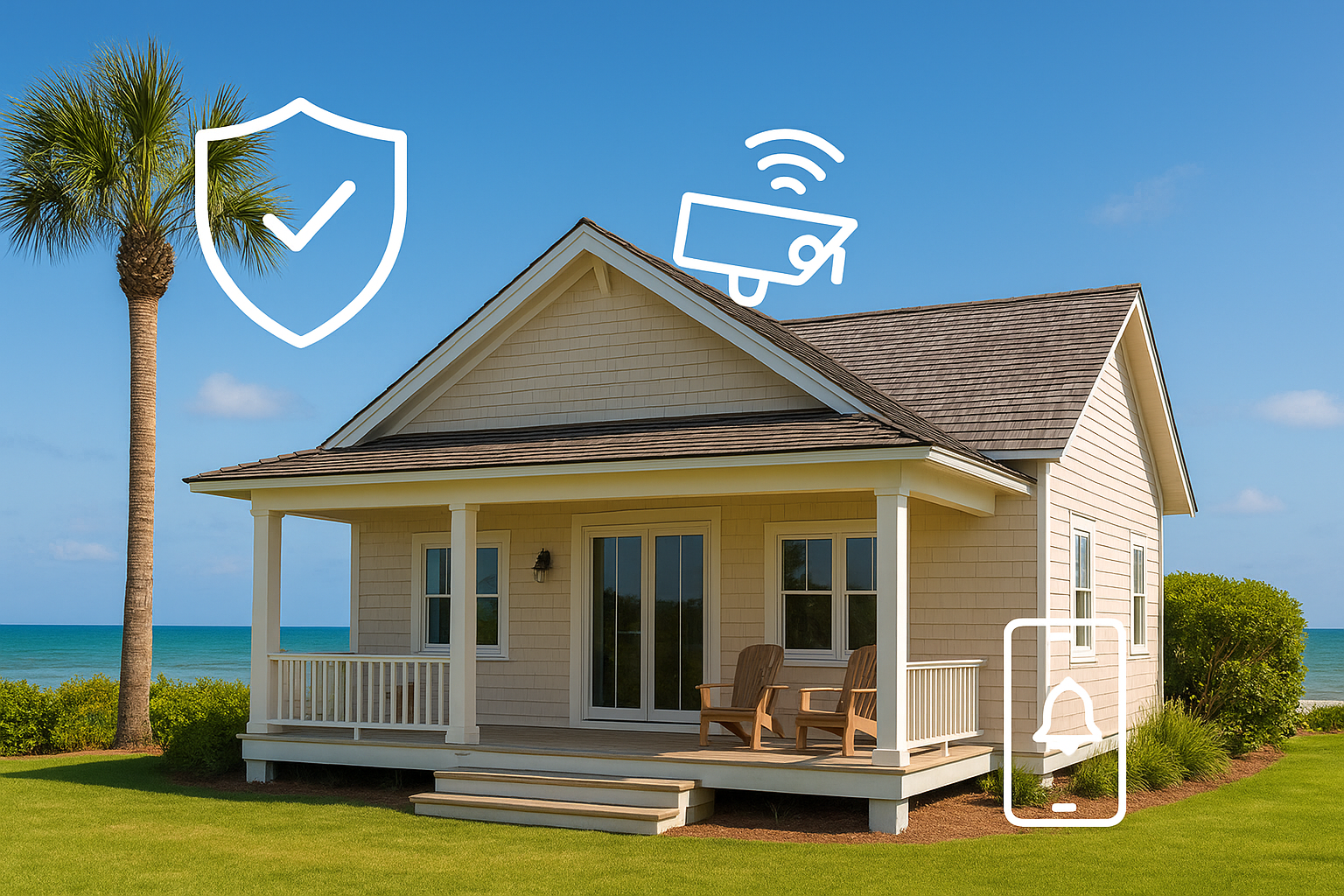SECURING YOUR SECURITY SYSTEM
You have no doubt heard troubling stories of people having their security system hacked. But in reality, it usually isn't the security system that was actually hacked. It was their router or a lack of security on their router that gave the cyber-criminals access to their NVR. This is because your router is the gatekeeper to all of your devices that are connected to the internet. This makes your router the most crucial part of defending against cyber attacks. Unfortunately, many people overlook this and often blame the devices themselves. Fortunately, we here at Montavue take security seriously and have put together a few tips that will help secure your network and prevent cyber attacks.
#1
Change Your Routers Password
This may sound obvious but I cannot count the number of customers who did not know what the password to login into their router was. When this happens I simply look up the default password for their specific brand of router, enter it in and it almost always works. This simple security measure is often overlooked because many people don't realize that there are two ways to connect to a router and each has a separate username and password. The first one that everyone thinks about and changes is the connection to the internet. This is the username and password you enter to connect a computer or other device to the internet. And it is this password that customers often give me when attempting to log in to their router. However, this is a completely separate security measure. It will prevent people from stealing your internet but it won't protect you from someone accessing your router directly. Especially if remote management is enabled on your router which you should also disable. Remote management is usually disabled by default but it never hurts to check.
#2
Disable UPnP
Most modern routers have a function called UPnP which stands for universal plug and play. This is intended to make connecting devices that can be accessed remotely easier. Think of things like smart lights and switches which allow you to turn on or off a light even when you are away from home or gaming consoles that need to share information to play online. In order to do this, you must allow the device to communicate outside of your network using specific ports on your router. Normally you would need to manually tell the router what ports to open and what device can have access to those ports using what is called Port forwarding. This can be difficult for the less technically inclined. For that reason, many routers have the UPnP function which will automatically allow devices to open the ports on your router that they need to communicate through. This is a nice feature because it makes setting up remote connections easier but you trade ease of use for security. This is because a hacker can use the UPnP discovery function to open ports that they can then send and receive information through and ultimately gain access to devices on your network. This is why turning off the UPnP function is essential to maintain a secure network.
#3
Update Your Router's Firmware
This is an easy but often overlooked security measure. Cybercriminals and tech-savvy consumers continuously find ways to exploit routers to gain access to private networks. This means that manufacturers must continuously update their firmware to fix these vulnerabilities. Unfortunately, many routers do not automatically update and usually do not notify their users when an update is available. This is why it is important to periodically log into your router and check for firmware updates. This will ensure that you have the latest security patches to help protect you from any vulnerabilities inherent to your specific router. Most manufacturers update their firmware multiple times a year. So if your router is one of the many that does not automatically update then a good rule of thumb is to check for updates at least once every three months. It is also important to note that as routers age they will reach a point in time where the manufacturer stops supporting that device and therefore stops updating the firmware for security threats. At this point, unless you purchase a new router you may be vulnerable to any new exploits that cybercriminals may have discovered.
This is by no means an exhaustive list of all security vulnerabilities your router might have. These are however the most common vulnerabilities that we see on a daily basis. Fortunately, they are also the easiest ones to fix. If you are not sure how to fix these issues on your specific router please consult the user manual that came with your router. I know most people throw these away or they get lost but luckily most manufacturers will provide a digital copy on their website.










